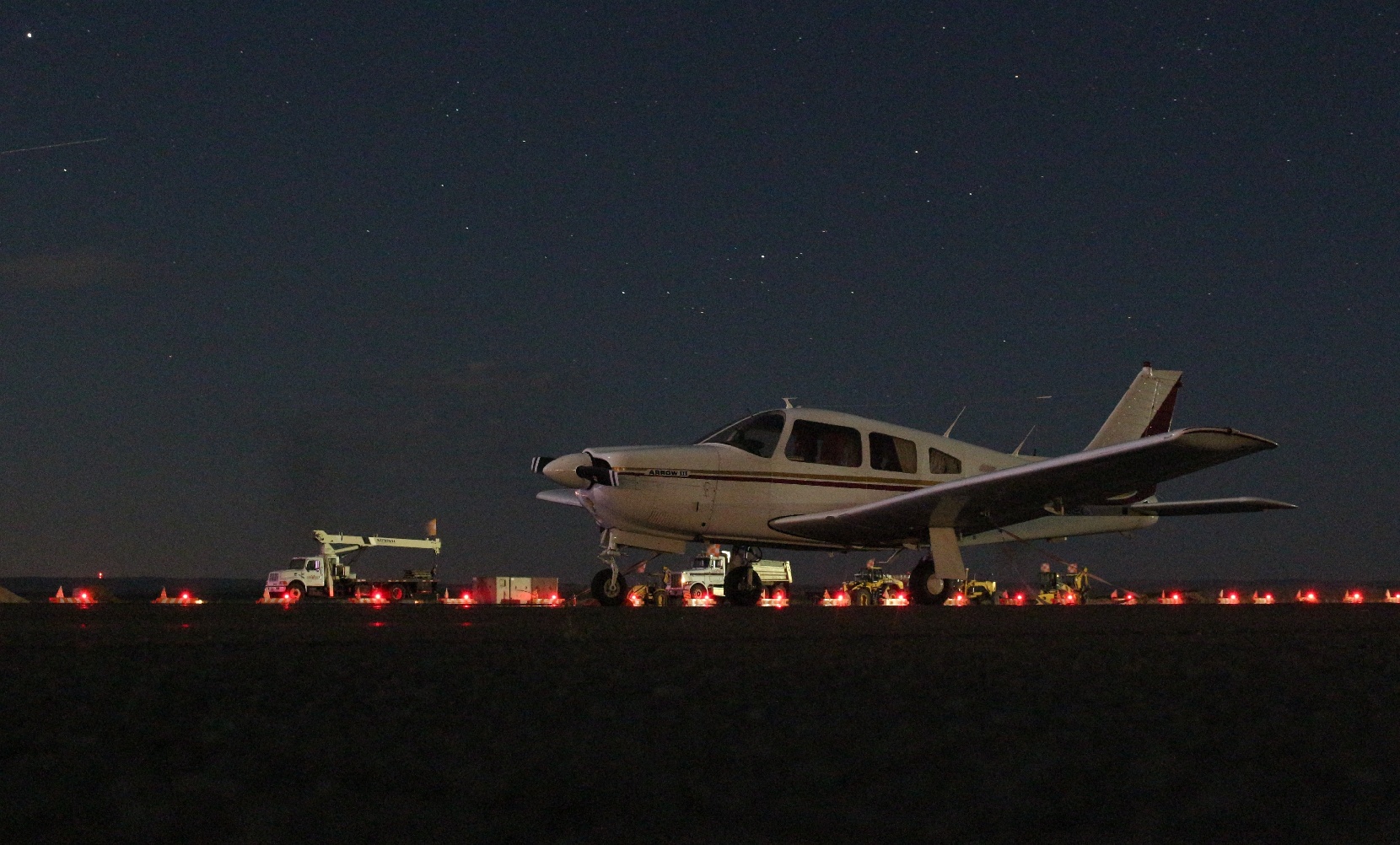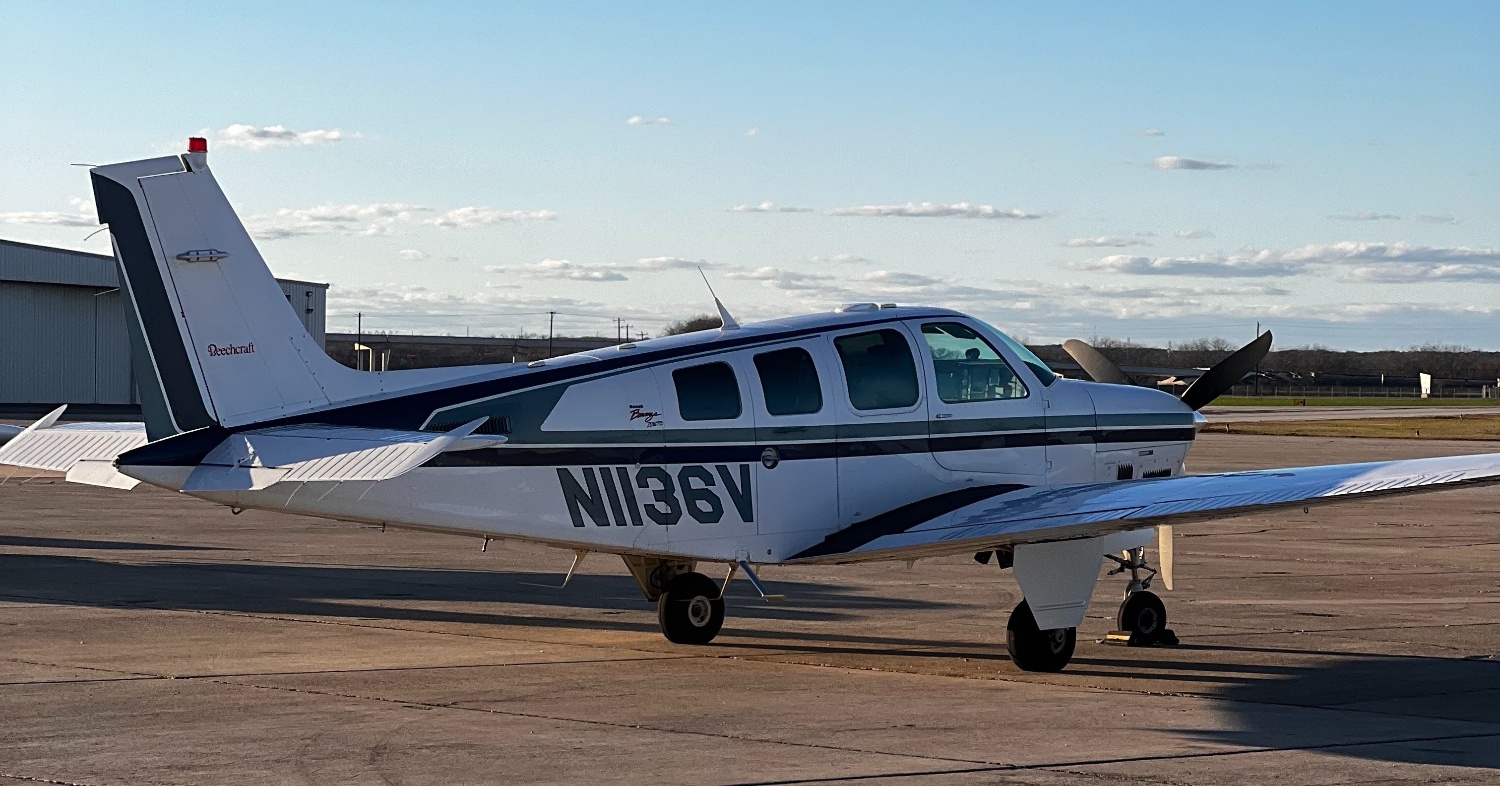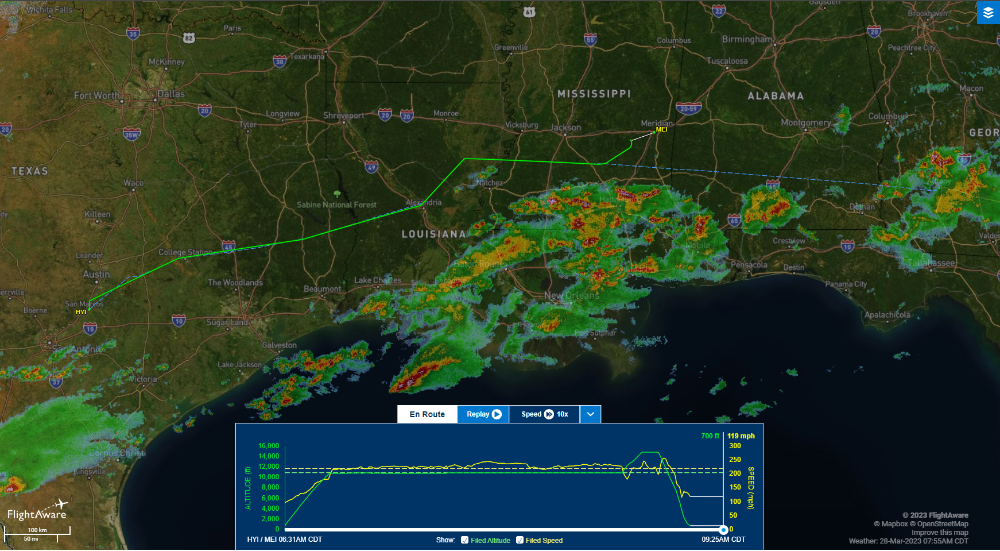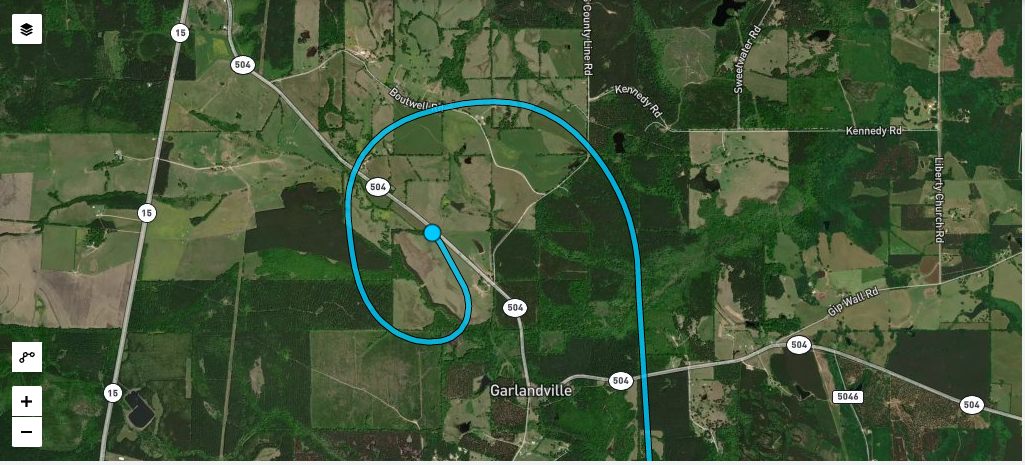It's the Hope That Kills You
“I was descending at best glide speed, and the engine was shaking like crazy to the point that screws were coming out of the instrument panel and dropping in my lap. The crankcase cracked open, and white smoke started coming out of the engine compartment while it continued vibrating and shaking.
"It’s hard to make good choices when the airplane is tearing itself apart.”
That's how Josh Harnagel, Vice President of Marketing at Redbird Flight, describes the beginning of an emergency he experienced while flying his Beechcraft Bonanza from San Marcos, Texas, to SUN 'n FUN Aerospace Expo in Lakeland, Florida.
Watch the full video debrief
With two colleagues aboard, Josh took off in the morning with a flight plan to Albany, Georgia, which was north of a more direct route but clear of convective activity developing along the coast of the Gulf of Mexico.
“We were about two hours into the flight when we had to make a slight diversion farther to the north to avoid some building thunderstorms. I could see them to our right side, and we started flying into some of the smaller build-ups that accompany a large storm system. At 15,000 feet, we leveled off, and maybe a minute or two after I pulled back the mixture, I noticed a distinct reduction in power.”
Josh’s plane is a turbo-normalized Bonanza, designed to fly efficiently at higher altitudes where normally aspirated engines cannot collect enough air to produce complete combustion of the fuel-air mixture. The power reduction Josh noticed after leveling off seemed to indicate that the turbo was not functioning correctly, thus leading to reduced engine performance.
“At 15,000 feet, I should have gotten about 30 inches of manifold pressure, but I only had 19 inches.”
Suddenly, because of the failure of the turbo system, the Bonanza was well above an altitude where it could perform efficiently, but it could still perform at lower altitudes.
“I’m a naturally optimistic person. In that situation, I thought things would work themselves out. But I learned in a very visceral way that optimism in the cockpit is not always the right choice.
“In my airplane, I have a JPI 730 digital engine monitor with CHT, EGT, turbo inlet temperature, oil temperature, fuel flow — almost everything you could need. However, unfortunately, when the 730 was installed, they didn’t install an oil pressure sensor.”
Read More: The Three Underlying Causes of General Aviation Accidents
While Josh’s flight deck has an array of digital monitoring equipment, his oil pressure gauge is still an old-style steam gauge dial, located at the bottom of the stack and not a natural part of his scan.
“I spent a lot of time looking at the engine monitor, then came back and checked the plane’s attitude, auto-pilot, et cetera, to make adjustments for the diversion I had decided to make. Eventually, I got around to the oil pressure. I didn’t have any.”
Josh planned to divert to Meridian, Mississippi, to check on the condition of his plane. However, once he discovered that his oil pressure was completely gone, he knew the situation demanded a more immediate resolution.
“As soon as I saw that, I pulled the throttle all the way back and started arresting my descent, trying to maintain some altitude and transition to best glide speed to divert to an airport.”
As a CFI/I and MEI, Josh has taught students about engines seizing due to oil starvation. Engines are made of different metals that heat and expand at different rates. The piston expands faster than the cylinder without the cooling and lubricating effects of oil, which causes the piston head to get stuck to the cylinder.
“That is not a binary event. It’s not like you have an engine that’s fine one moment, then seized the next. What ends up happening is that individual pistons start sticking, causing the whole engine to vibrate like crazy. The process of the engine seizing was way more violent than I ever anticipated, and I recognized that we weren’t going to make it to an airport.
“Emergencies are not always clear in the moment. You can be overwhelmed by the sheer magnitude of everything that’s happening.
"Relatively quickly, I picked a field that looked flat and long enough and entered a high-key/low-key approach.”
A high-key/low-key approach involves entering a turn around the intended landing spot. It provides many options because you can vary your rate of descent by steepening or shallowing your turn. The steeper your turn, the faster you descend, but you don’t have to commit to having your flaps or gear down.
“I was clean the whole way around until short final. I knew I had my chosen spot made, and I would be clear of trees at the approach end of the landing area.”
Just 50-100 feet above the ground, Josh determined that his landing area was smooth enough to put down his landing gear. After clearing the trees, he touched down and rolled out on rough pasture land, stopping just feet from the trees at the end of the field. The gear held, and aside from a destroyed engine, the plane and its passengers were unharmed.
Share this
You May Also Like
These Related Articles
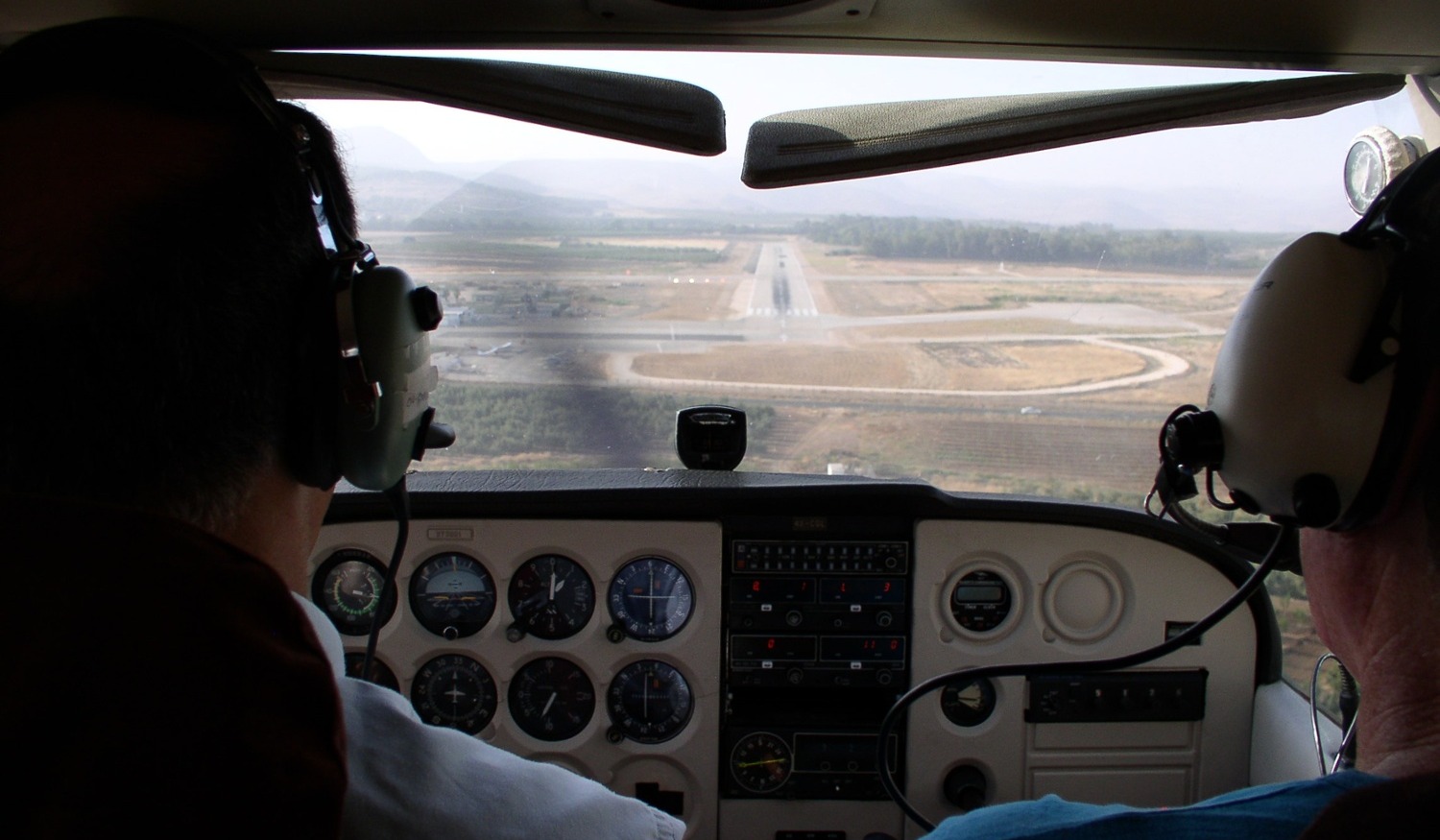
GA Safety Trends: What Should We Worry About?

How Do You Handle an Engine Failure on Takeoff?
